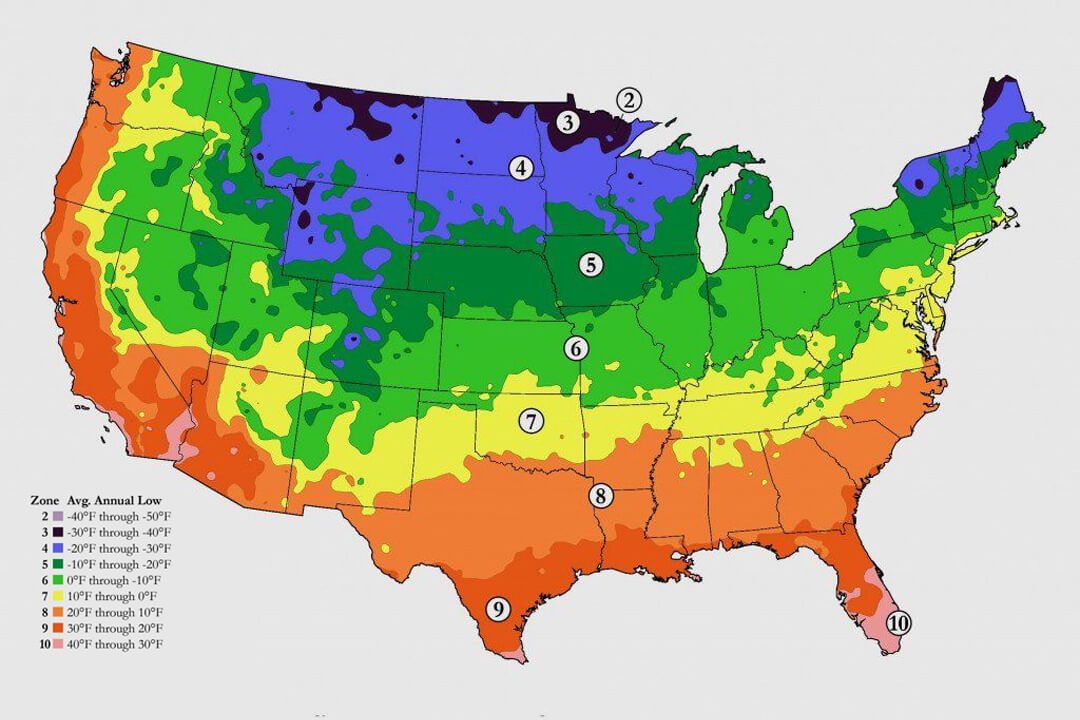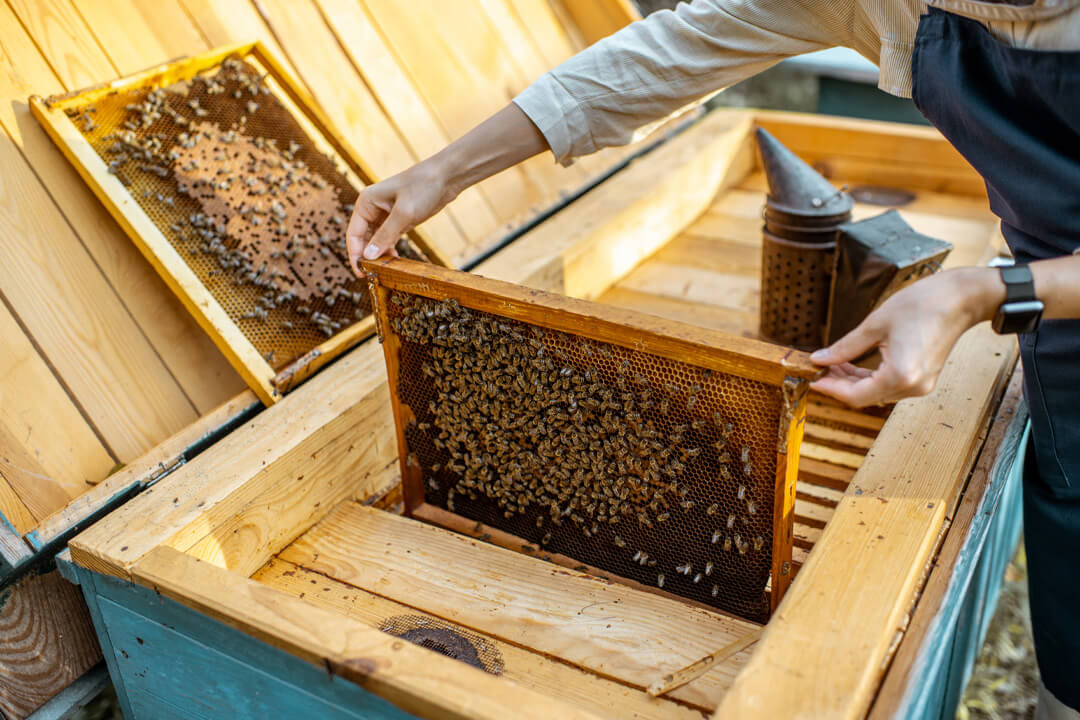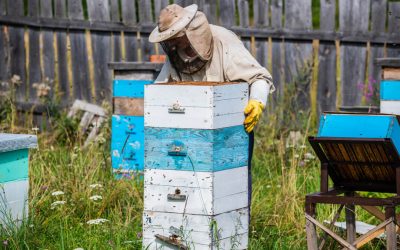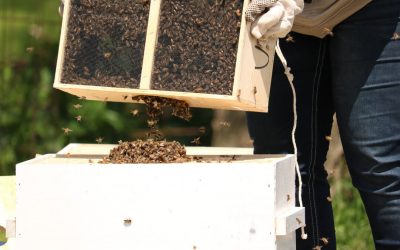Now that you’ve got this far into understanding the art of beekeeping, it’s important to learn about how to manage a bee colony. After all, the main task of any beekeeper is good hive management in order to keep honey bees healthy and productive. This blog will discuss the dos and don’ts of managing a bee colony so that your experience as a beekeeper is a successful one.
Managing your queen bee
The first and most important part of managing a bee colony is to see how the queen is doing. After all, she is the one who lays all the eggs that will determine the growth of your colony. To do this, you will need to inspect your hive regularly to see if the queen is present and if she is laying eggs. You should also check to see any other queens in the hive. If there are, this could spell trouble for your colony.
The second part of managing your queen bee is ensuring she has enough room to lay her eggs. If the hive is too crowded, she may be unable to lay as many eggs as she needs to. This can strain the colony and lead to problems down the road. Make sure to give her plenty of space to lay her eggs by adding more frames to the hive if necessary.
Monitor the queen cells
As a beekeeper, you also need to monitor the queen cells. These are the cells that the queen lays her eggs in. You should check them regularly to ensure they are healthy and the eggs are developing correctly. If you see any problems with the queen cells, it is important to take action right away.
One of the most important things to remember when managing a bee colony is that communication is key. Be sure to keep your beekeeper friends and family up to date on what is happening with your hive. This way, they can help you if you run into any problems.
Managing swarming bees
Managing swarming bees is one of the biggest challenges you will face as a beekeeper. Swarming is when a group of bees leaves the hive to start a new colony. This can be a problem because it leaves the original hive short-handed. If not managed properly, swarming can lead to the death of the hive.
To prevent swarming, it is important to keep an eye on the bees and make sure they have enough room to live and work. If you see the hive getting too crowded, add more frames or build a new hive for them. You can also split the colony into two hives to prevent swarming.
If you do find that your bees have swarmed, don’t panic. There are a few things you can do to get them back. First, you can try to lure them back with a queen bee pheromone. You can also place the hive in a shady spot or near a water source. Finally, you can wait until nightfall and then smoke the bees to get them to come back to the hive.
Feeding your bees
Another important part of managing a bee colony is making sure your bees have enough to eat. During the winter months, when no flowers are blooming, you will need to supplement their diet with sugar, water, or honey. You can do this by placing a feeder inside the hive or near the entrance. Be sure to check the feeders regularly to make sure they are full and clean.
In the summer months, when plenty of flowers bloom, your bees should have no problem finding enough food. However, if you notice them bringing in less pollen than usual, giving them a little boost with some sugar, water or honey might be a good idea.
Cleaning your hive
When managing a bee colony, you need to keep the hive clean. Over time, bees will build up wax and honeycomb inside the hive. This can make it difficult for the bees to move around and make it easier for pests and diseases to take hold. To keep your hive clean, you will need to perform a process called ‘uncapping‘. This involves using a sharp knife to remove the wax caps from the honeycomb. Once the wax is removed, you can then scrape away any excess honey or wax.
After you have uncapped the honeycomb, you will need to remove any frames that are no longer needed. You can do this by gently pulling on the frame until it comes out of the hive. Once you have removed all the frames you need, you can then clean the hive with a brush and hot water.
Harvesting honey
One of the most rewarding parts of managing a bee colony is harvesting honey. To do this, you will need to wait until the bees have collected enough nectar to fill the honeycomb. This usually happens in late summer or early fall. Once the comb is full, you will need to remove it from the hive and place it in a clean bucket.
To remove the honey from the comb, you will need to use a process called “extraction.” This can be done with a hand-cranked or electric honey extractor. Simply place the comb in the extractor and turn it on. The honey will then be forced out of the comb and into the bucket. Once the honey has been extracted, you can then bottle it and enjoy it!
Understanding the seasons in bee hive management
As a beekeeper, it is important to understand the different seasons and what they mean for your bees.

The winter months can be tough on bees, so it is important to make sure they have enough food and water. The bees are busiest in the spring and summer months, collecting nectar and pollen. This is also when they will swarm if they are not given enough room to live and work. The fall months are when the bees begin to slow down and prepare for winter. This is a good time for you to harvest honey from the hive.
By understanding the seasons, you can better manage your bee colony and ensure that your bees are healthy and productive.
How often do I inspect my beehive?
As a beekeeper, you should inspect your hive every few weeks to check on the health of your bees. Even if you aren’t harvesting honey, it’s important to monitor your hive. During these inspections, you will be looking for things like:
- queen bee and her eggs
- condition of the frames
- amount of honey in the comb
- signs of pests or diseases
If you notice any problems during your inspection, it is important to take action right away. The sooner you can address a problem, the better the chances are of saving your hive.
Are bee hives hard to manage?
Bee hives are not difficult to manage if you are willing to put in the time and effort. Like any other pet, they require regular care and attention. However, the rewards of beekeeping are great. Not only will you have delicious honey to enjoy, but you will also be helping to pollinate your local area and contribute to a healthy environment.
If you need additional help getting started or managing your beehive, be sure to read our complete beekeeping guide.
Conclusion
As you can see, there is a lot that goes into managing a bee colony. However, following the tips in this article, you should have no problem keeping your hive healthy and productive. Just remember to always keep communication open with your beekeeping friends and family. This way, you can get help if you ever encounter any problems.




